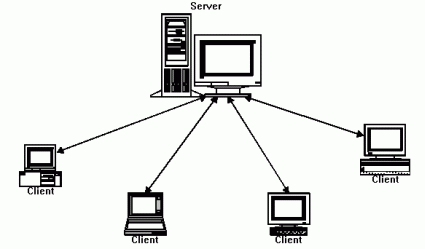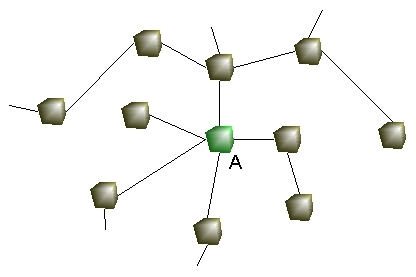These terms; Web 1.0, Web 2.0 are simply labels that marketing men have assigned to different types of web application since its inception – but there are some key things that differentiate the two.
Ostensibly Web 1.0 is a set of Internet applications that rely on the ‘Client Server Principle’. This is based on a simple idea where interactions between software systems are broken down into two roles:
Clients request services : : Servers provide them.
It was the advent of browsers that enabled this scheme to become widespread. With the advent of Mosaic – the first graphical browser capable of displaying more than just ASCII (plain text) – a browser could access document and data using FTP for the first time. And it could display HTML (text, anchors, images etc). It even supported several video formats.
So why was HTML so successful?
- It can be employed WITHOUT a deep understanding of programming
- It is FAULT-TOLERANT
- Numerous tools are available for writing HTML docs from simple text editors to sophisticated WYSIWYG environments
It was the release of Netscape along with various other non-Internet related events that caused an explosion in what we now refer to as Web 1.0
THE FLAT WORLD MODEL – Tom Friedman (2000)
- The fall of the iron curtain – opening up a whole new Eastern European market.
- Netscape and IE proving that MONEY could be made from the web (both browsers immediately picked up in Eastern Europe too).
- Software with compatible interfaces and file formats enabling people to connect all over the world (e.g Office suite).
- Open sourcing – the idea of self-organising collaborative communities capable of running large software projects
- Outsourcing – where companies concentrate on their core business and leave the peripherals to others who can do it better and cheaper
- Offshoring (look at how call centres have been relocated to the Indian sub-continent for example) China!
- Supply chaining – the idea of streamlining supply and production processes on a global basis.
- Insourcing – it sometimes makes sense to bring specific functions in (or back in) to a company for efficiency (look at UPS Toshiba repairs)
- Informing – thanks to SEARCH ENGINES. In the flat world model knowledge and entertainment can be had anytime anywhere. A 21st Century person no longer depends on print material, libraries or office space.
- Finally the STEROIDS (the technological developments that have made all this possible). These include: digital cabling, wireless computer access – PDAs, cell phones, laptops, storage, computers with high-end capabilities etc etc.
Design elements of a typical Web 1.0 website
- Static pages
- Framesets
- Proprietary HTML extensions such as the <blink> and <marquee> tags introduced during the first browser war
- Online Guestbooks and contact forms
- Top-down information
- Meta tags
Design elements of a typical Web 2.0 website
- Dynamically created pages
- Categories, tags
- Breadcrumbing
- RSS/Atom feeds
- User-generated conent – bottom up information
KEY DIFFERENCES
- Web 1.0 was about reading, Web 2.0 is about writing
- Web 1.0 was about companies, Web 2.0 is about communities
- Web 1.0 was about client-server, Web 2.0 is about peer to peer
- Web 1.0 was about HTML, Web 2.0 is about XML
- Web 1.0 was about home pages, Web 2.0 is about blogs
- Web 1.0 was about portals, Web 2.0 is about RSS
- Web 1.0 was about taxonomy, Web 2.0 is about tags
- Web 1.0 was about wires, Web 2.0 is about wireless
- Web 1.0 was about owning, Web 2.0 is about sharing
- Web 1.0 was about Netscape, Web 2.0 is about Google
- Web 1.0 was about web forms, Web 2.0 is about web applications
- Web 1.0 was about screen scraping, Web 2.0 is about APIs
- Web 1.0 was about dialup, Web 2.0 is about broadband
- Web 1.0 was about hardware costs, Web 2.0 is about bandwidth costs



The comparison between Web 1 and Web 2 was great.